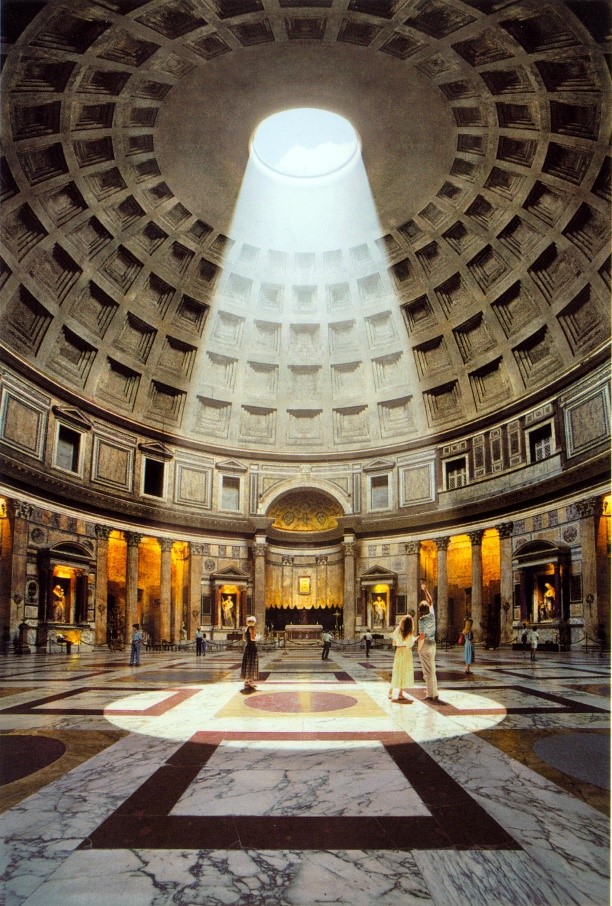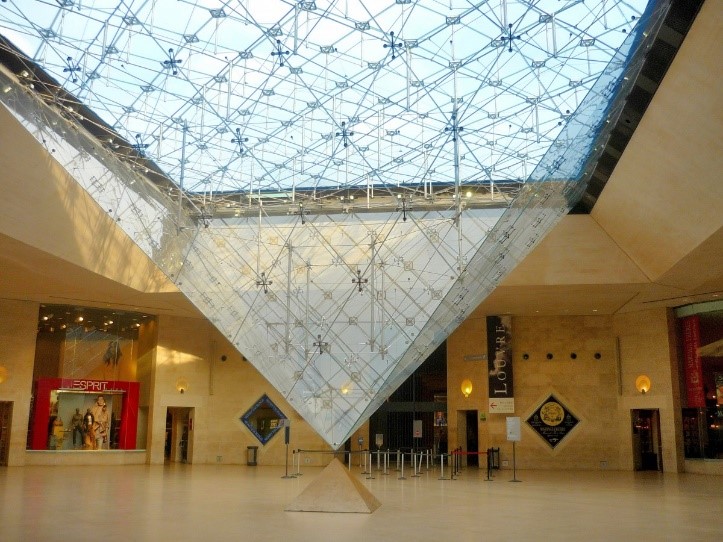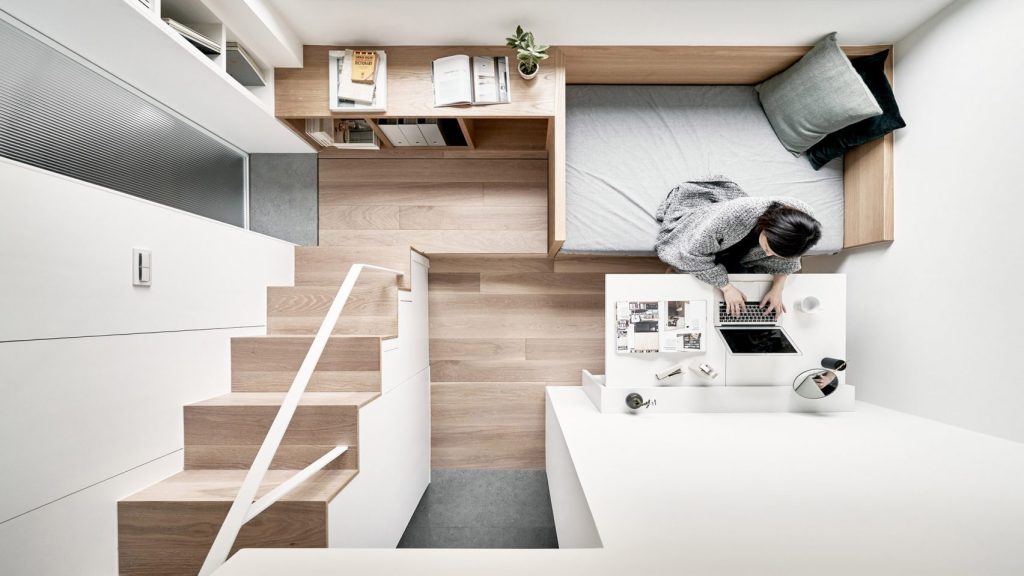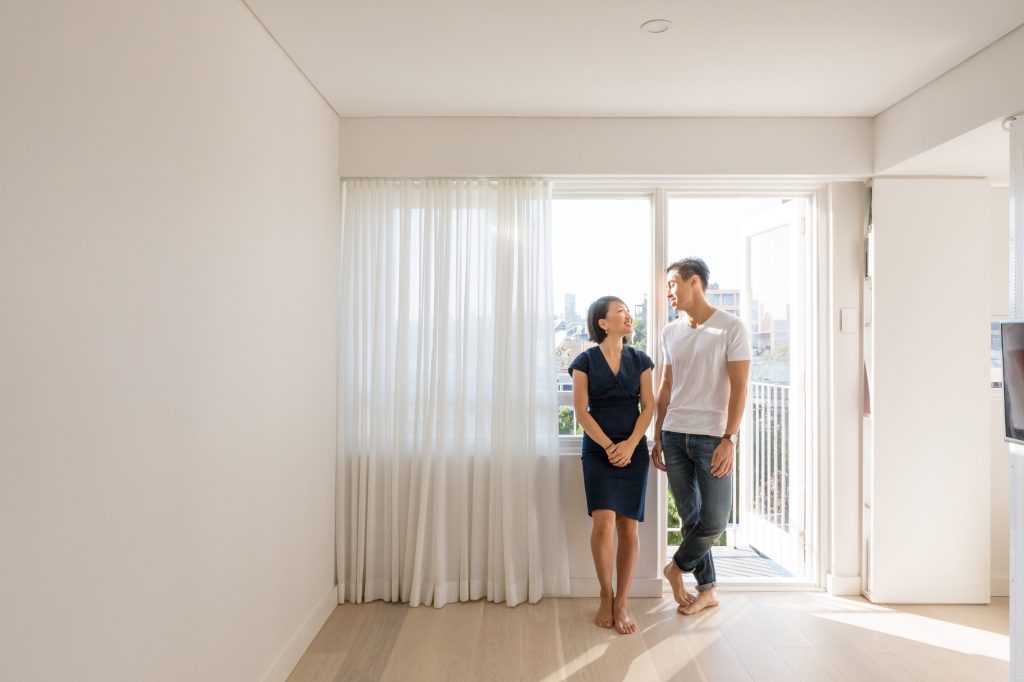How Architects Use Natural Light to Transform Spaces?
One of the primary ways architects use natural light is through the placement of windows. Windows are strategically placed to allow natural light to enter a space and create a sense of openness. Large windows can create a connection between the interior and exterior of a building, allowing the occupants to feel more connected to nature. The size, shape, and placement of windows can also affect the quality of light that enters a space, creating different moods and atmospheres.
Another way architects use natural light is through the use of skylights. Skylights are windows that are installed in the roof of a building to allow natural light to enter a space from above. They can be used to create dramatic lighting effects, and they are often used in spaces where windows are not practical, such as in interior courtyards or rooms without exterior walls.
Architects also use natural light to highlight specific features of a space. For example, they may use natural light to highlight a piece of artwork or a special architectural feature. They may also use natural light to create a focal point in a room, such as a skylight or a large window with a view.
Natural light can also be used to create a sense of rhythm and movement in a space. By carefully controlling the amount and quality of light that enters a space, architects can create a dynamic environment that changes throughout the day. This can help to create a sense of energy and vitality in a space, making it more inviting and engaging.
Examples of Light Usage in Architecture
The Guggenheim Museum, New York City
The Guggenheim Museum in New York City is a prime example of how light can be used to transform a space. Designed by architect Frank Lloyd Wright, the museum is characterized by its cylindrical form and a central atrium that is illuminated by natural light. The atrium allows light to filter down into the lower galleries, creating a warm and inviting atmosphere that enhances the viewing experience.

The Pantheon, Rome
The Pantheon is an ancient temple located in Rome that is renowned for its innovative use of light. The building’s dome features a large oculus that allows light to filter down into the interior space. The oculus creates a dramatic lighting effect that changes throughout the day, highlighting different parts of the interior and creating a sense of movement.

The Louvre Pyramid, Paris
The Louvre Pyramid in Paris is a striking example of how light can be used to create a modern architectural statement. Designed by architect I. M. Pei, the pyramid features a steel and glass structure that is illuminated at night. The pyramid’s sharp angles and reflective surfaces create a stunning visual effect that draws attention to the entrance of the Louvre Museum.

The Sydney Opera House, Sydney
The Sydney Opera House is one of the most recognizable buildings in the world, thanks in part to its innovative use of light. Designed by architect Jørn Utzon, the building’s sail-like roofs are illuminated by a series of floodlights that change colour throughout the night. The lighting design creates a dramatic and dynamic effect that complements the building’s distinctive form.

The Sagrada Familia, Barcelona
The Sagrada Familia in Barcelona is a masterpiece of Gothic and modern architecture that is characterized by its innovative use of light. Designed by architect Antoni Gaudí, the building features a series of stained glass windows that allow natural light to filter into the interior space. The windows are carefully designed to create a specific colour palette and to control the amount and quality of light that enters the space.

What are your thoughts? Show us in the comments.
Peace.













Your blog is a treasure trove of knowledge! I’m constantly amazed by the depth of your insights and the clarity of your writing. Keep up the phenomenal work!